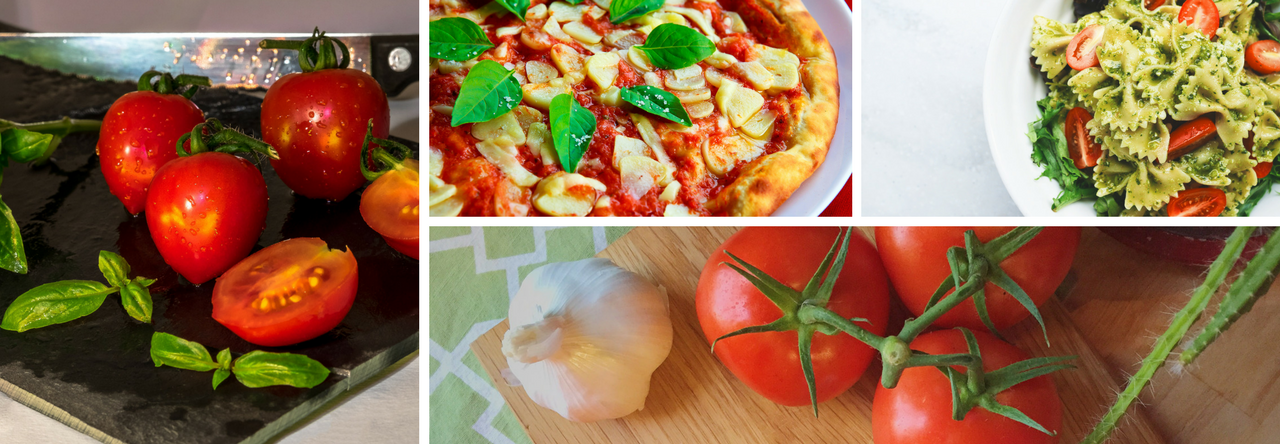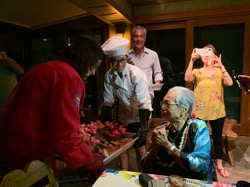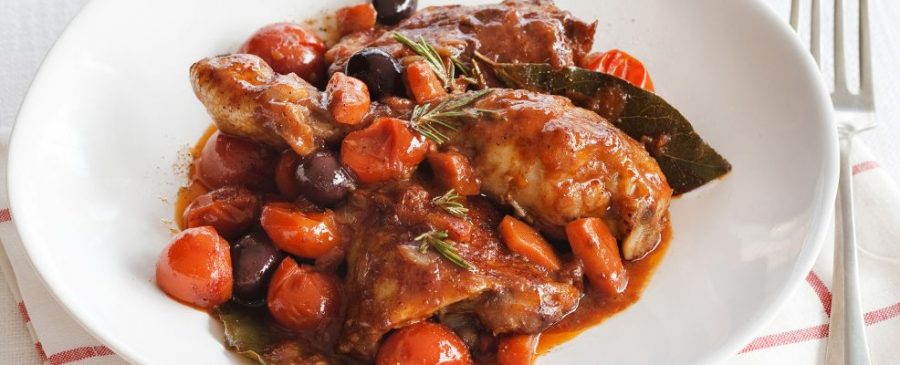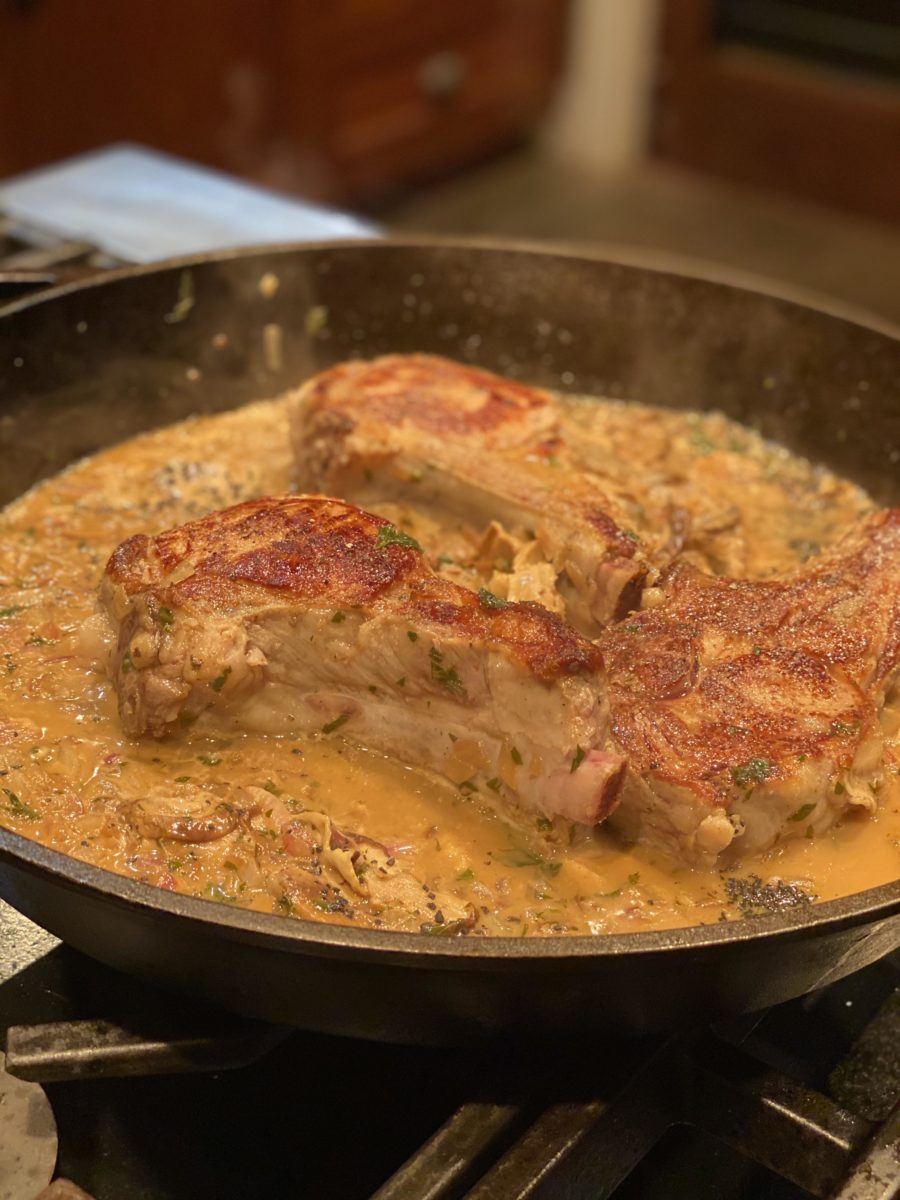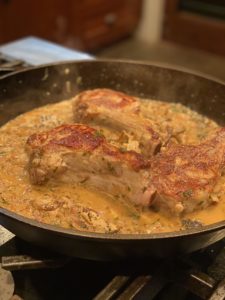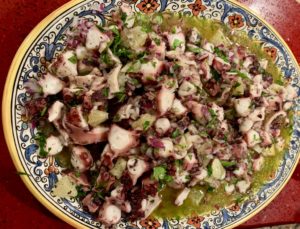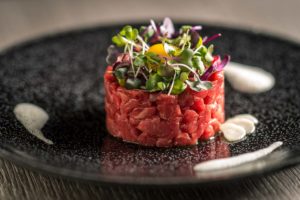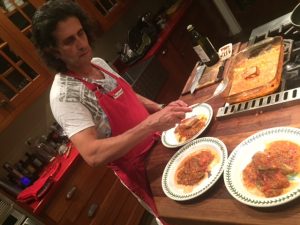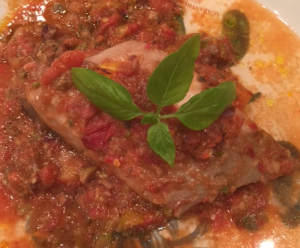First, don’t eat these with pasta! You eat them “alone” with bread instead.
This is a great dish loved by both children and adults. It’s the perfect dish to get a child involved in cooking.
Ingredients
Meatballs
- 1 cup breadcrumbs made from 2-day old bread
- 1 cup whole milk
- 1 lb. ground meat (I prefer Bison, but you can use any meat you like).
- 3 oz. mortadella, minced
- 4 egg yolks
- A pinch of nutmeg
- Zest of two lemons
- 1 Tb. Freshly minced Italian parsley
- 1 clove of garlic, minced
- 2 Tb. extra virgin olive oil
- Salt and pepper
Tomato Sauce
- 1 box of Pomì chopped tomatoes
- 1 – 2 cloves of fresh garlic smashed
- 2 Tb. Chopped fresh Italian parsley or basil, whatever you prefer
- ¼ cup olive oil
Preparation
Prepare the Meatballs
- Make fresh breadcrumbs by pulling apart the soft middle of 2–3-day old fresh bread. These crumbs need to be soft, not firm like those in a typical container of “breadcrumbs” sold at the supermarket.
- Mince the breadcrumbs and put them into a bowl with the milk. Leave them in the milk for 3 – 5 minutes, then squeeze out the milk. Add them to a large bowl containing all the other ingredients.
- Mix the meat, spices, breadcrumbs, etc. well, using your hands. Once the ingredients are mixed, form meatballs of about the size of a golf ball. Place the meatballs on a large plate as you prepare the sauce.
Prepare the Tomato Sauce
- Add olive oil to a large skillet and heat to medium.
- When the olive oil is warm, add the smashed garlic cloves.
- Allow the garlic to turn golden; then remove all the garlic, using a fork.
- Add the chopped tomatoes and cook on medium heat for 2 to 3 minutes. Add the basil and the meatballs, cover, and cook on medium.
- After about 10 minutes, gently turn the meatballs over. Re-cover and allow to cook for another 10 minutes. This cooking time may vary depending on how well-cooked you prefer your meat.
- Serve immediately with some good fresh bread.
- Buon appetito!
Italiano: Polpette con sugo di pomodoro
Ingredienti
Polpette
- 1 tazza molliche di pane fatte con pane Vecchio di 1-2 giorni
- 1 tazza di latte intero
- 450 g carne macinata (preferisco il bisonte, ma qualunque carne magra va bene)
- 80 g. mortadella, a pezzettini
- 4 rossi d’uovo
- 1 cucchiaino di caffè di noce moscata
- La buccia grattata di 2 limoni
- 2 cucchiai di prezzemolo tritato
- 1 spicchi d’aglio tritato
- 2 cucchiai di olio d’oliva extra vergine
- Sale e pepe
Sugo di Pomodoro
- 1 scatola di 1 kg pomodori latterini o Pomì a pezzetti (meglio se avete la Conserva di pomodoro 1 kg)
- 2 spicchi d’aglio, schiacciati
- Circa ½ tazza di olio extravergine di oliva
- 1 peperoncino piccante calabrese italiano o, tritato (facoltativo) o altro Thai peperoncino, etc.
- Una manciata di basilico italiano fresco tritato
- Sale e pepe a piacere
Preparazione
Prepare le Polpette
- Mettete le molliche a mollo in una tazza di latte, per circa 5-10 min, poi strizzatele -senza esagerare- e usando le mani mischiatele con tutti gli altri ingredienti in una ciotola capiente.
- Quando gli ingredienti sono mischiati bene, fate delle polpette della grandezza di una palla da golf.
Prepare il Sugo
- Aggiungere l’olio d’oliva in una padella fuoco medio alto.
- Quando l’olio d’oliva è caldo, aggiungere aglio schiacciato.
- Lasciare che l’aglio diventi dorato; quindi toglierlo.
- Aggiungere la polpa di pomodoro and cuocete 2-3 minuti a fuoco medio. Aggiungete basilico e le polpette. Coprite.
- Dopo 10 minuti, girate le polpette e coprite di nuovo, per 10 minuti. Sempre coperto -ma se il sugo vi pare troppo lento allora togliete il coperchio così si asciuga, sempre a fuoco medio. Le polpette sono pronte, buon appetito.
- Servire subito con pane fresco
- Buon appetito!

